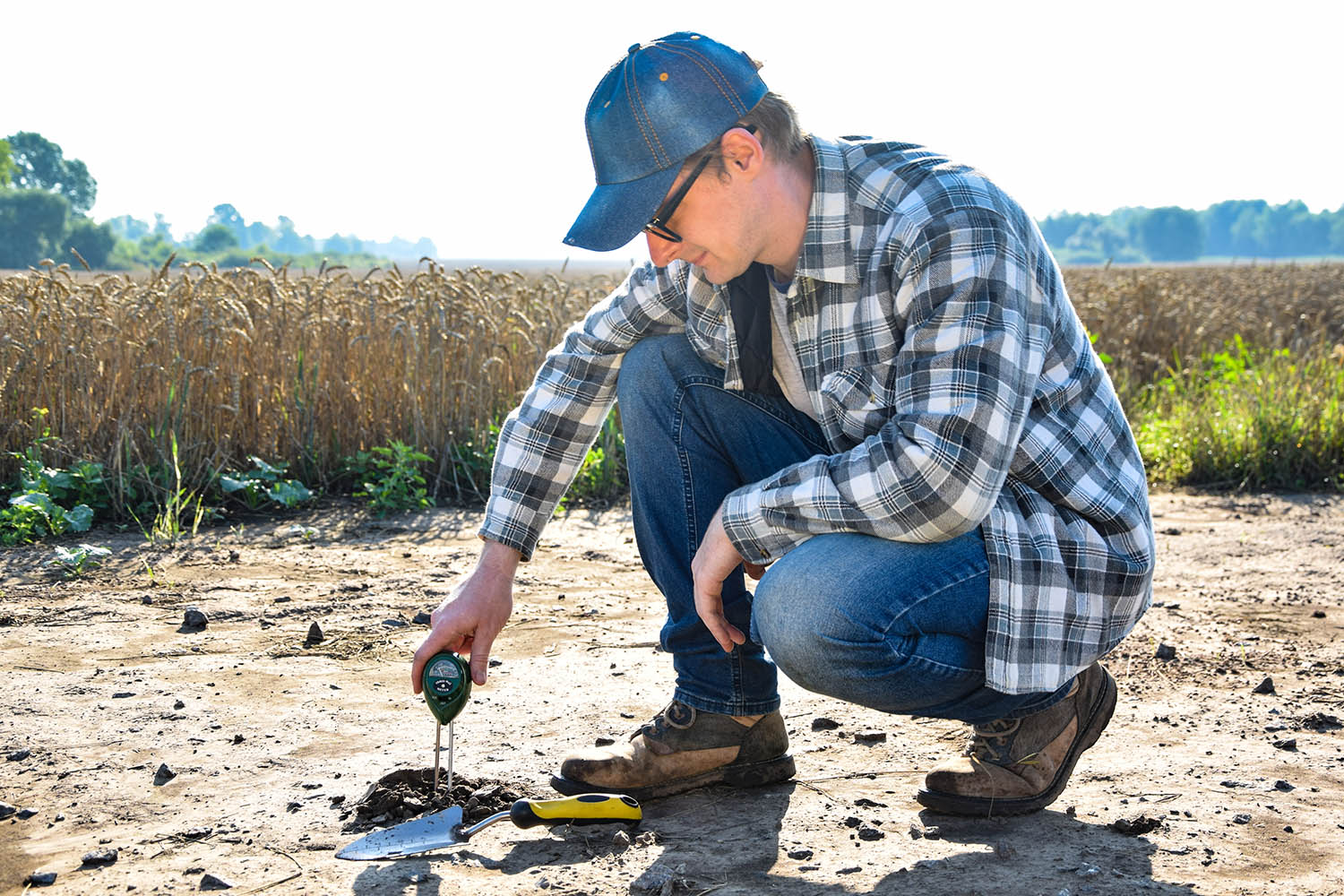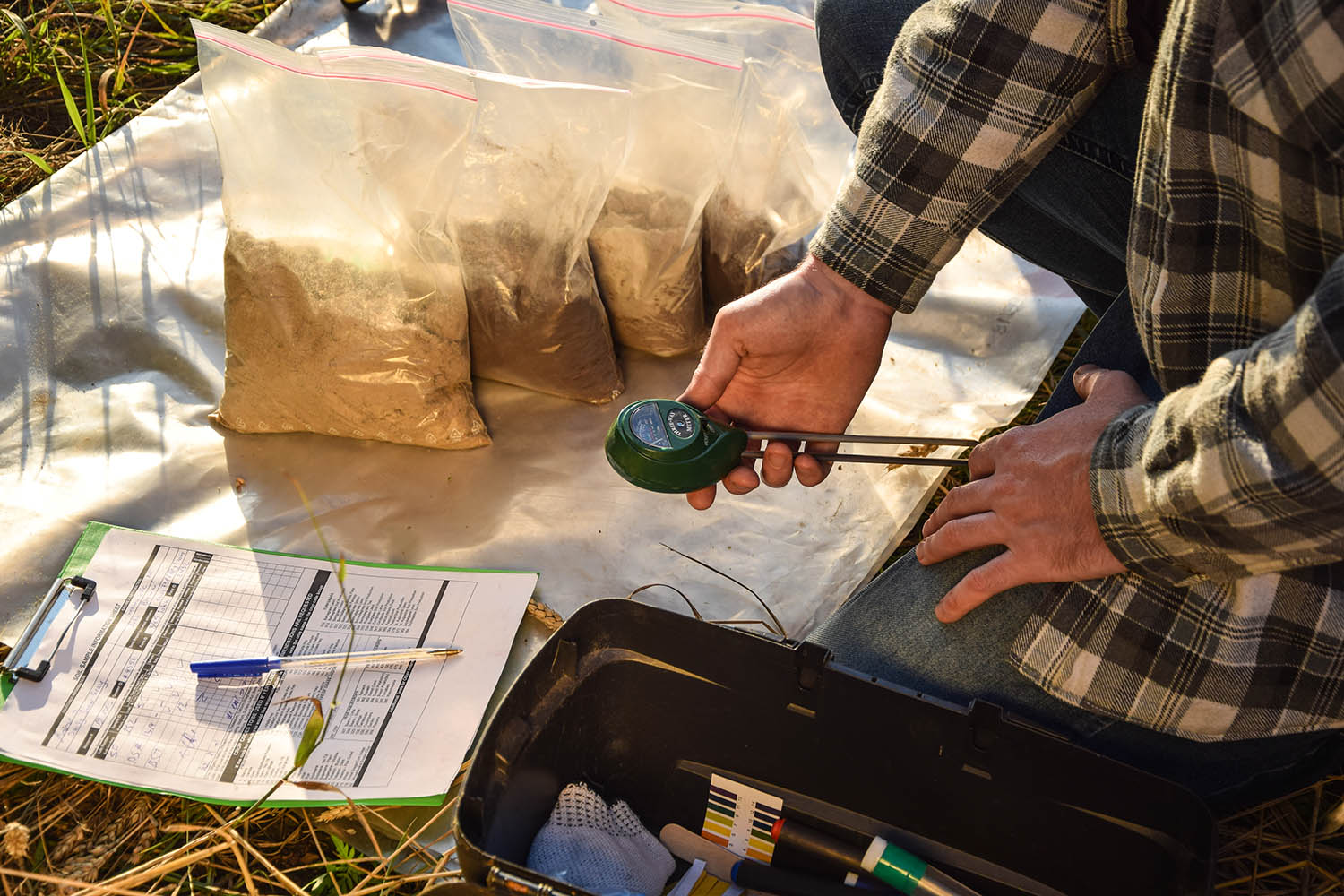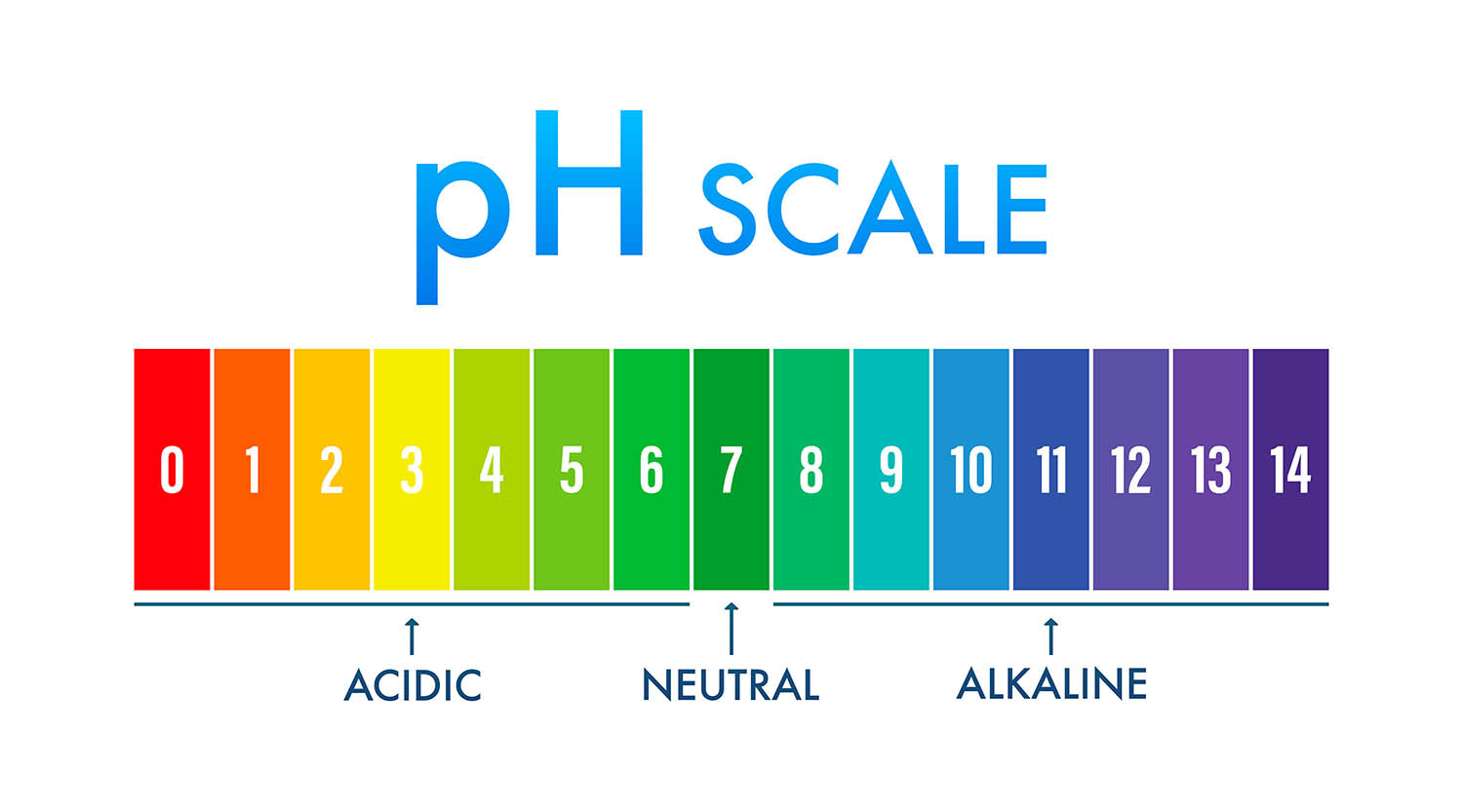Have you ever wondered why some plants in your garden grow so well, while others look weak and sad — even if you water and feed them? The problem might be the soil’s acidity, or pH. It’s super important for plant health, but many gardeners don’t think about it!
Let’s keep it simple and talk about:
- What soil acidity is
- What kind of soil different plants like
- How to change soil pH using things you already have at home
- What to do if you have just one bed but many different plants
What Is Soil Acidity (pH)?
Soil pH is a number from 0 to 14:
- 0–6.9 = acidic soil (like lemon juice)
- 7 = neutral soil (like clean water)
- 7.1–14 = alkaline soil (like soap)
Plants are picky about pH. If the number isn’t right, they can’t get the nutrients they need — even if you’re watering and fertilizing them!
What Changes Soil pH?
- Too much nitrogen fertilizer = more acidic
- Rain washes away calcium = more acidic
- Soil with lime or dry areas = more alkaline
- Rotting leaves and compost can also change the pH
What Plants Like What?
Here’s a quick list:
Acid-loving plants (pH 4.5–6.0):
- Blueberries
- Azaleas
- Blue Hydrangeas
- Cranberries
Neutral-lovers (pH 6.5–7.0):
- Tomatoes
- Cucumbers
- Carrots
- Cabbage
Alkaline-lovers (pH 7.1–8.0):
- Lavender
- Buddleia
- Viburnum
- Salvia
How to Test Your Soil at Home

- Buy a pH tester at any garden store
- Vinegar test: put vinegar on wet soil — if it fizzes, the soil is alkaline
- Baking soda test: sprinkle soda on soil — bubbles mean it's acidic
How to Change Soil pH (Easy DIY Tips)
To make soil less acidic (raise pH):
- Crushed eggshells = natural calcium
- Wood ash = alkaline and adds potassium
- Crushed chalk = simple and effective
To make soil more acidic (lower pH):
- Used coffee grounds = feeds soil and lowers pH
- Vinegar or citric acid = 1 tablespoon in 10 liters of water (be careful!)
- Pine needles or leaves = compost or use as mulch
- Peat moss (especially sphagnum)
What If You Have One Bed but Many Plants?
Great question! Here are 4 easy ways:
1. Make mini-zones
Use boards or rocks to divide your garden bed.
- For acid-loving plants: add peat, pine needles, or coffee grounds
- For alkaline-loving plants: use eggshells, ash, or compost with calcium
2. Use containers inside the bed
Grow some plants in buckets, pots, or boxes filled with the right soil.
3. Replace the soil in small holes
Dig a hole for each plant and fill it with the perfect soil mix just for that plant.
4. Use different mulch for different areas
- Pine needles = more acidic
- Ash or compost = more alkaline
Final Tip: Know Your Soil, and Plants Will Love You Back 🌱

Soil acidity isn’t rocket science. It’s just part of being a plant parent! With a few simple tools and tricks, you can grow happy, healthy plants — even if they all like different things.
Want help picking the best plants or soil fixes for your region? Just tell me where you live, and I’ll help you choose the right options for your climate, soil, and nearby shops!
Let’s make your garden a place where everything grows with a smile! 🌼
🌿 Soil pH Adjustment Table for Your Plants
easyDacha app simplifies the process by analyzing your space and suggesting crops that will thrive based on factors like sunlight, water availability, and ground type. It even provides step-by-step to-do lists tailored to your location and climate, ensuring you never miss a critical gardening task.
🌱 Join our pre-launch list today to get early access and make your gardening journey smoother, more productive, and more enjoyable!
